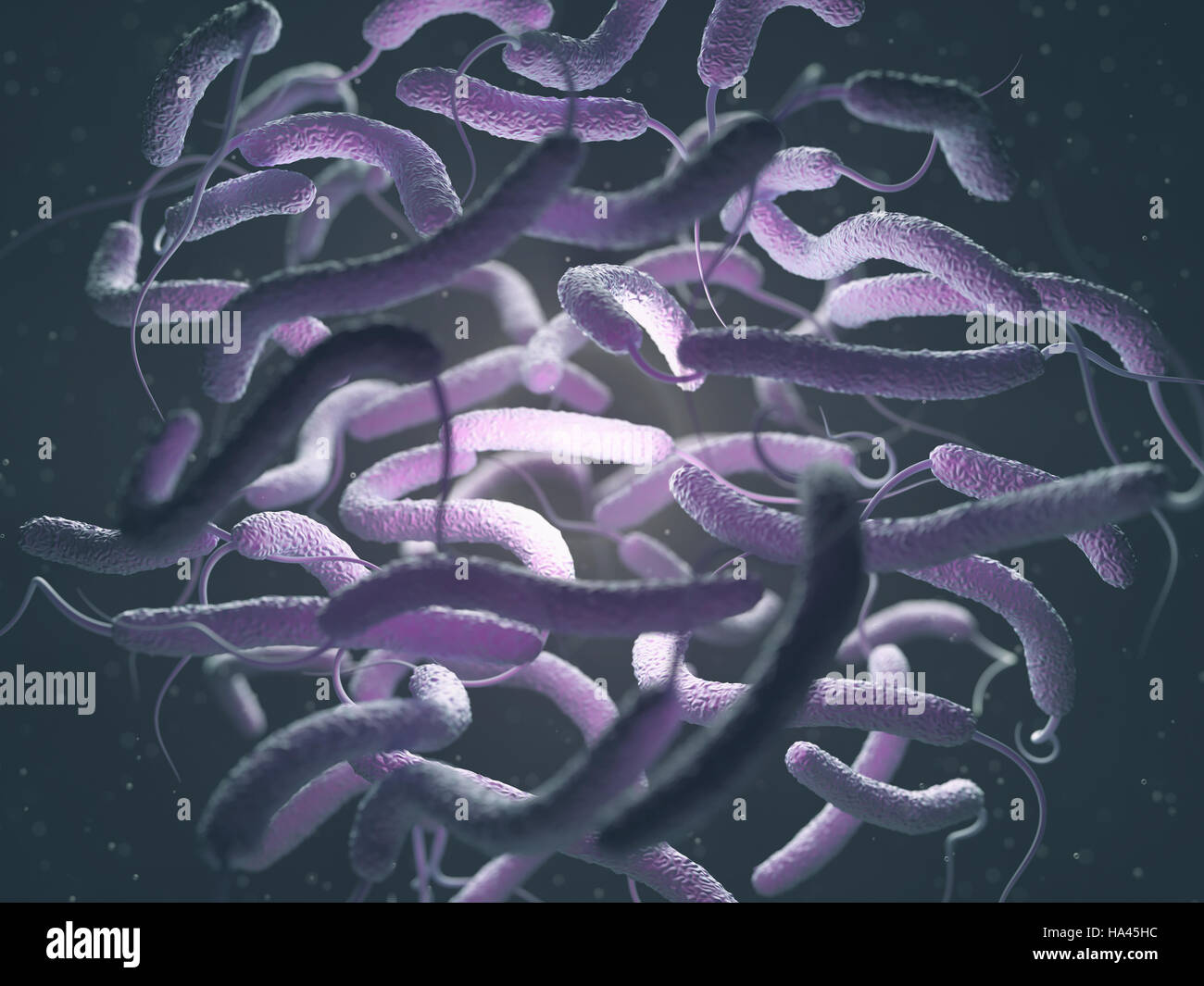

Such 3D-printed prosthetics have not yet been studied for their ability to reduce biofilm attachments nor their overall antimicrobial properties. 3D printed materials have become common in medical settings, especially in the area of prosthetic limbs ( Poologasundarampillai and Nommeots-Nomm, 2017 Paul et al., 2018 Sun, 2018). One of the most recent areas impacted by biofouling is 3D-printed materials. It is estimated that biofouling costs billions of dollars per year and is a problem within many fields of science and industry, including the medical fields ( Vladkova, 2009 Gule et al., 2016). We compared our tested materials with commercially available antimicrobial PLA polymers.īiofouling is the process of microorganisms attaching to solid inanimate surfaces as biofilms.


We found that biofilm formation depends on surface structure, hydrophobicity, and that there was a wide range of antimicrobial properties among the tested polymers. Biofilm quantification, surface topography, digital optical microscopy, and 3D projections were employed to better understand the bacterial attachment to 3D printed surfaces.

We explored the biofilm-forming ability of multiple opportunistic pathogens commonly found on the human body including Escherichia coli, Pseudomonas aeruginosa, and Staphylococcus aureus to colonize eight commonly used polylactic acid (PLA) polymers. In this study, we describe methods to determine bacterial biofouling and biofilm formation on 3D printed materials. This abundant use of 3D printed devices in the medical fields warrants studies to assess the ability of different microorganisms to attach and colonize to such surfaces. Food and Drug Administration and medical officials have considered 3D printed medical devices as alternatives to conventional devices, due to manufacturing shortages. These surface-attached bacteria are highly recalcitrant to conventional antimicrobial agents and result in chronic infections. Bacterial biofilms are a major cause of biofouling in the medical field and, therefore, hospital-acquired, and medical device infections. These devices, while inexpensive, have not been adequately studied for their ability to resist biofouling and biofilm buildup. Recent advances in 3D printing have led to a rise in the use of 3D printed materials in prosthetics and external medical devices.


 0 kommentar(er)
0 kommentar(er)
